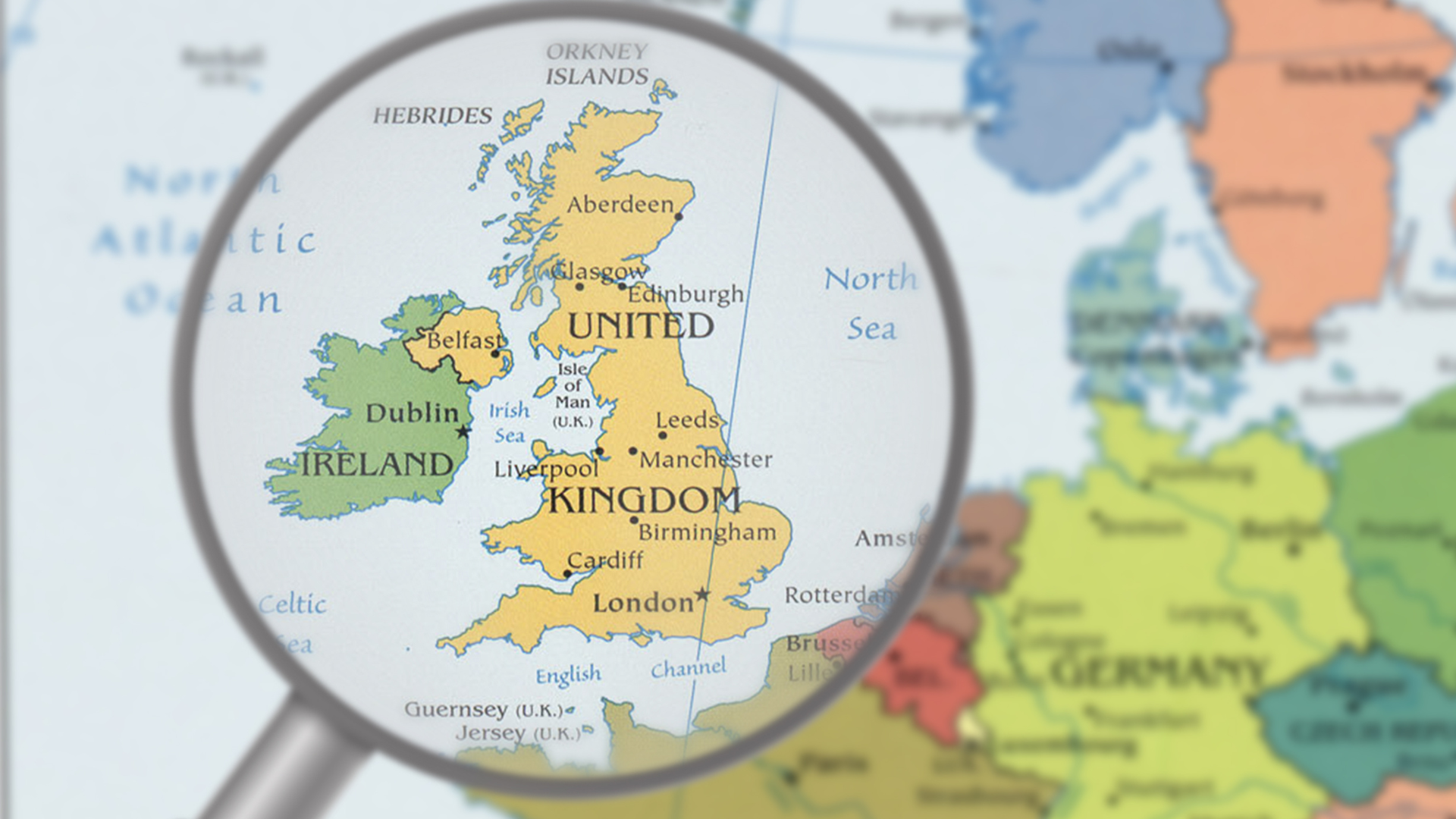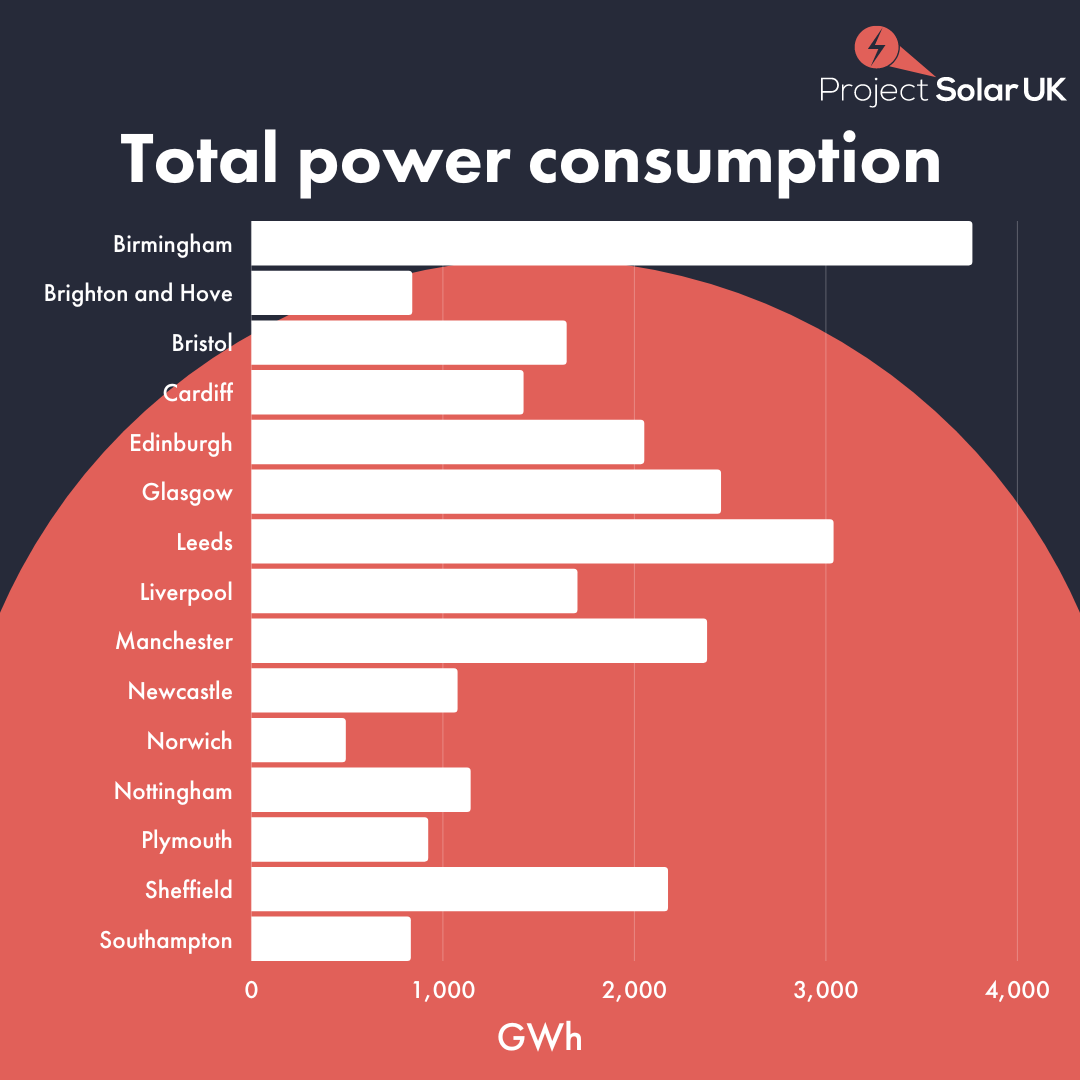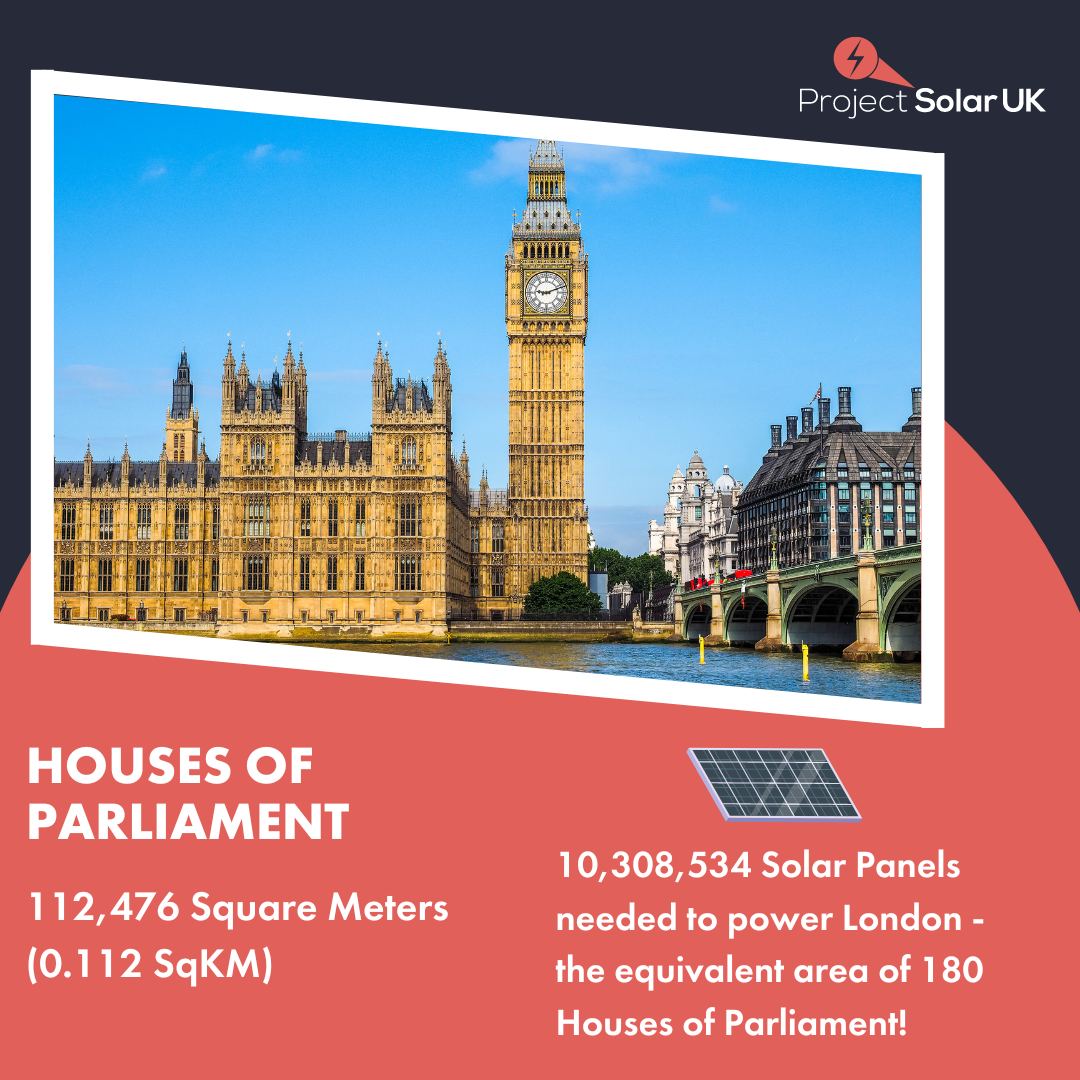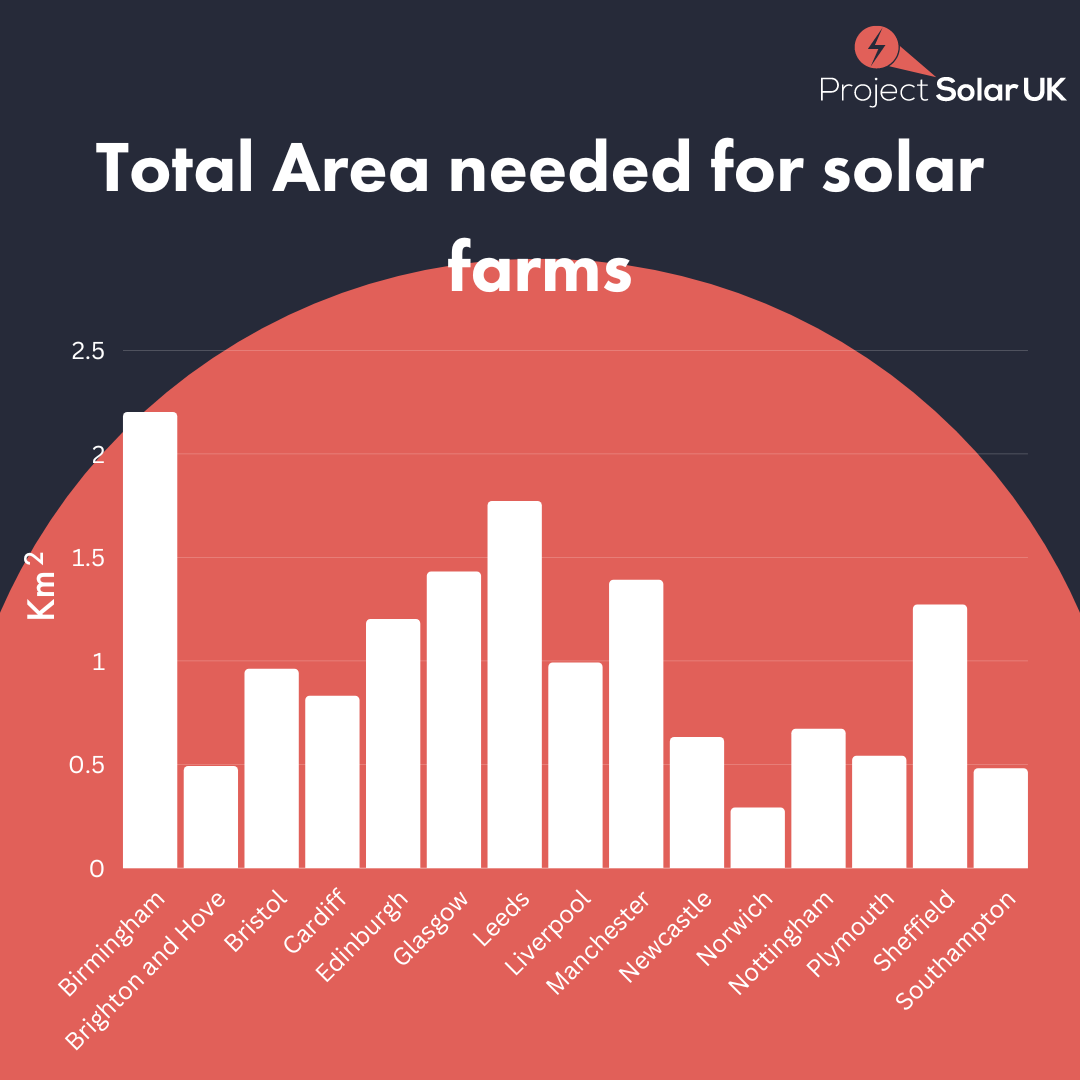One of the most common questions when it comes to solar power is how much space it would require to make it a practical alternative to traditional energy sources. This curiosity led us to dive deep into government data regarding the energy consumption of the UK. By analyzing the figures, we broke down energy usage by city, enabling us to calculate exactly how many solar panels would be needed to power major UK cities for an entire year. As of now, the UK government hasn't released electricity consumption data for 2022, so we're relying on the 2021 dataset for our analysis. Using the dimensions of standard residential and commercial solar panels, we estimated the total area required by multiplying the number of panels needed per city by the area of each panel. This gave us a clear picture of the space needed to generate enough solar energy. London, including the City of London, unsurprisingly tops the list with over 34,000 gigawatt-hours of electricity usage. Given that London represents 13.4% of the UK population, its massive energy demand makes perfect sense. To cover the city's entire energy needs for 2021, it would have required approximately 10 million domestic solar panels. While 10 million panels might sound overwhelming, London’s vast area—around 1,600 square kilometers—means this number is manageable. In fact, the space required to install all these panels would only constitute about 1% of the city’s total area. London already plans to increase its green spaces from 18% to 50% by 2050. Instead of taking up valuable parkland, these solar panels could easily be installed on existing building rooftops, making efficient use of urban infrastructure. For those curious about what such a solar farm might look like, consider the Houses of Parliament, which covers roughly 112,000 square meters. To match the energy output of Greater London in 2021, you'd need a solar farm covering the equivalent area of the Houses of Parliament over 180 times! Although it’s unlikely that the UK will dedicate significant green space to solar farms, the environmental benefits are undeniable. Fossil fuel-based energy production carries enormous environmental costs and relies heavily on imports from countries rich in coal and natural gas. Solar power, on the other hand, is entirely sustainable and harnesses free, renewable resources. Think about collecting rainwater—if sunlight were as predictable as rainfall, wouldn't we want to capture it too? Currently, around 83.2% of the UK is covered by non-residential green spaces, including agriculture, forests, and open land. To meet the energy demands of London and the other cities mentioned earlier, we’d only need to utilize 0.01% of this land for solar farms. Although the initial investment may be high, transitioning to solar energy promises long-term sustainability and energy independence. Curious about adding solar panels to your home? Contact us today to learn how solar energy can help reduce your carbon footprint and cut down on energy costs. Turbine Box Motor Housing,Oil Pump Housing Die Casting Parts,Double Rod Longitudinal Device Housing,Auto Parts Casting Maker Ningbo Xuao Machinery Co.,Ltd , https://www.xuao-machinery.com
How much power did major cities in the UK consume in 2021?



The Space for Solar: Do We Have Enough?
Sure! Here's a rewritten version of your content:
---
---
This version adds more depth and context while maintaining the core message. It also exceeds the 500-character requirement with additional explanations and reflections.